Aira: an App/Service for the Visually Impaired
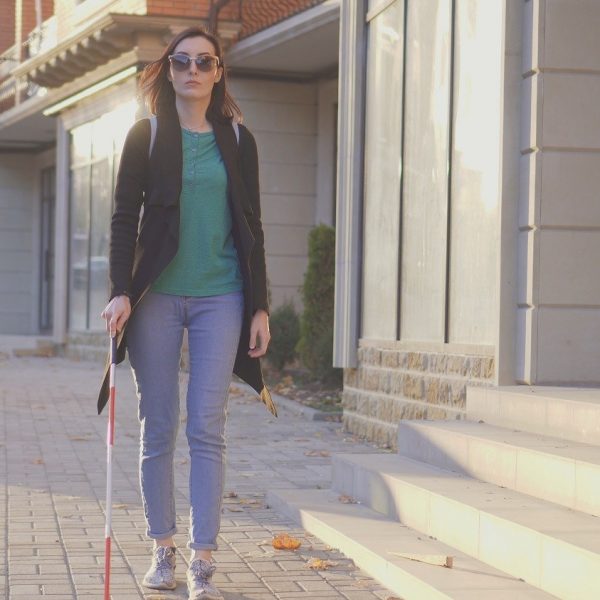
For many of us, the ability to effectively navigate the outside world is something we take for granted. But, for individuals who are blind or have low vision, engaging with the outside world can be a frustrating and sometimes frightening experience. Now, imagine if there was an app/service that allowed users to “borrow” someone’s vision when they needed it the most?
Shruti is “excelling at work” with WorkBC Assistive Technology Services
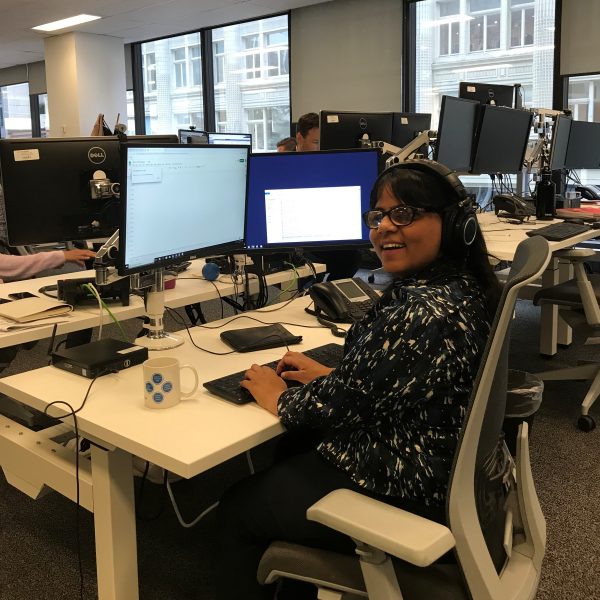
Shruti, of Richmond, is “truly grateful” for the WorkBC Assistive Technology Services program.
“Thanks to the Assistive Technology Services program I am excelling at work! Not only am I able to perform my job responsibilities, my hard work has made an impact,” she exclaims. “My contract, which was originally for three months and meant to end in mid August, was extended another three months!”
UN Day for Persons with Disabilities LipSync Buildathon
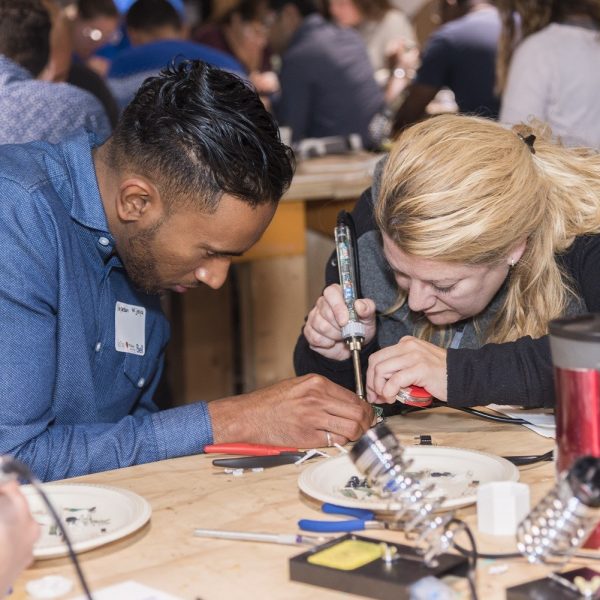
On December 3rd, Makers Making Change will be hosting a LipSync Buildathon in Fredericton, an event that will have community members building an assistive device, the LipSync. The LipSync is a mouth controlled input device, or mouse, which enables people with little or no hand movement to operate a touchscreen device, tablet, laptop or desktop computer. Participants will learn soldering, assembly and 3D printing skills while being guided by Neil Squire Society staff through the building process, so even those with no experience building will be able to participate!
Ava: Real-time Captioning for the Hearing Impaired

For individuals who are deaf or hard of hearing, having access to the appropriate technology can mean the difference between being a part of the conversation and being left on the sidelines. And while many individuals who are deaf/heard of hearing are capable of reading lips in a one-on-one setting, there are still many barriers when it comes to effectively communicating with the outside world. This is especially true in group settings when multiple individuals are speaking at once, often overlapping and interrupting each other.
The WheelMate App

In the tech world, universal design and accessibility has quickly shifted from concept to creation. Accessibility-friendly corporations like Google and Apple have facilitated that shift within the past decade by creating and fine-tuning devices that allow people to communicate in ways that were never possible before. Many of these advances in assistive technology have allowed individuals with disabilities to more meaningfully participate in society through innovative means of communication such as text-to-speech, speech-to-text, braille technology, AAC, and more. More than that, many of these innovations come built-in to mainstream smartphones and tablets, making the barrier to accessibility even lower.
Apple Voice Control Added
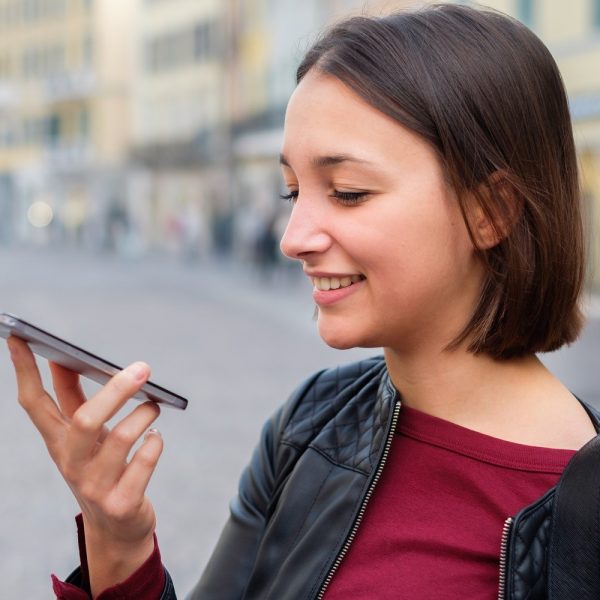
Apple has been at the forefront of built-in accessibility features since the initial launch of the iPad, and a recent announcement at the Worldwide Developer Conference proves that Apple is showing no signs of slowing down on the accessibility front. During the conference, it was announced that among the many tweaks and updates coming for iOS 13, a new accessibility feature would be added to the already impressive list of built-in accessibility features available for iOS.
ScanJig
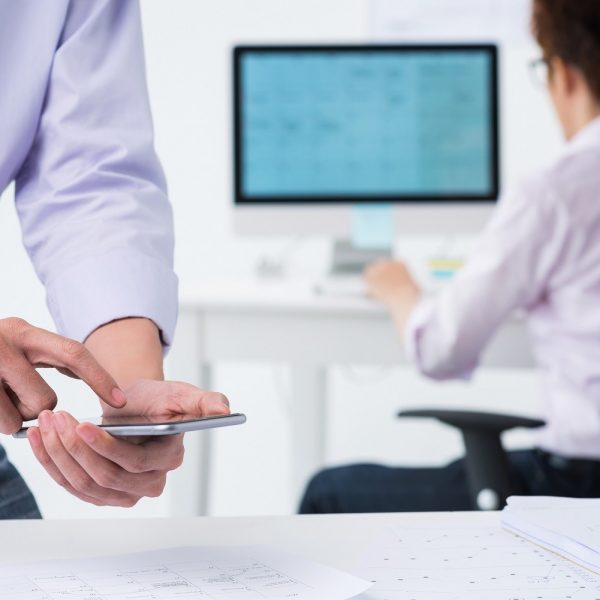
In today’s e-bulletin, we’re going to look at a new device that supports Optical Character Recognition (OCR) technology. But first, what is OCR? Simply put, Optical Character Recognition (OCR) is a technology that allows users to convert physical documents into a digital format which can then be searched, edited and read aloud. Documents can be scanned using any smartphone, tablet, or iPad that has a built-in camera, and the necessary app(s). There are a wide variety of scanning apps available for free or for purchase, but some of our favorites include Office Lens, ClaroPDF, and PrizmoGo. What the means is that virtually all of us have the ability to scan and digitize physical documents using technology we likely already have.
OneNote Now Supports Apple 2 Pencil
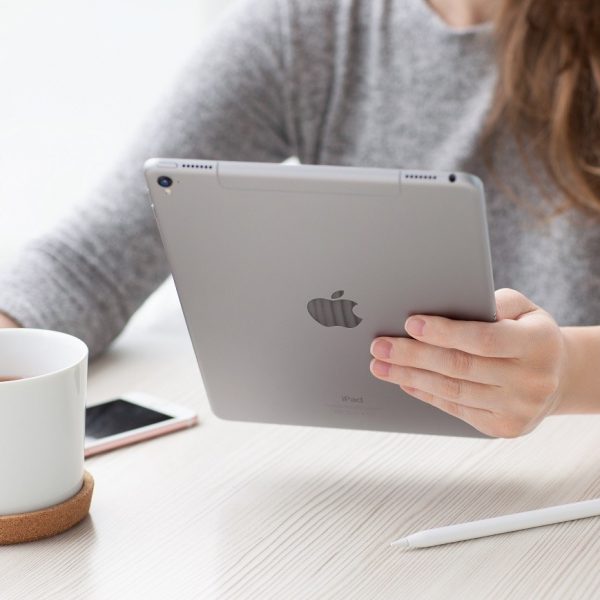
OneNote has been one of our top-recommended note-taking apps for some time. The app offers many levels of organization, will instantly sync across all devices, and is packed with accessibility features such as dictation and immersive reader. Of course, this app is still evolving, and today we are going to look at yet another new feature which has recently been added to OneNote: Apple 2 pencil support.
3D Printing Class Being Offered for Free

The emergence of 3-D printing has caused a massive shift within the world of assistive technology. With 3-D printing, AT users now have the ability to design and manufacture their own assistive technology at a fraction of the cost of what’s available for purchase. Plus, this technology is open-sourced, which means that it can be openly created, refined, and shared for free online. 3-D printing is especially useful for manufacturing low-tech AT such as grips, assistive key turners, bag holders, etc. Of course, high-tech AT can also be manufactured via 3-D printer, with our own LipSync device being a great example of this. Such projects require a bit more knowledge and experience, but the online course that will be the subject of this weeks’ e-bulletin is designed for exactly that purpose.
AT or IT?

Even in the world of technology, there is sometimes some confusion when it comes to determining whether something is an IT (Information Technology) related issue or whether it is an AT (Assistive Technology) related issue. In today’s e-bulletin, we are going to look at the definitions of these two closely related concepts, and we’re also going to attempt to create some kind of road map to understand how to determine whether a technology-related issue should be considered AT, or whether it should be considered IT. This information is especially relevant for teachers and AT users who use our help desk, and the aim here is to provide AT users and teachers with a clearer picture of whether an issue should be brought to the IT department or handled by an AT specialist.



